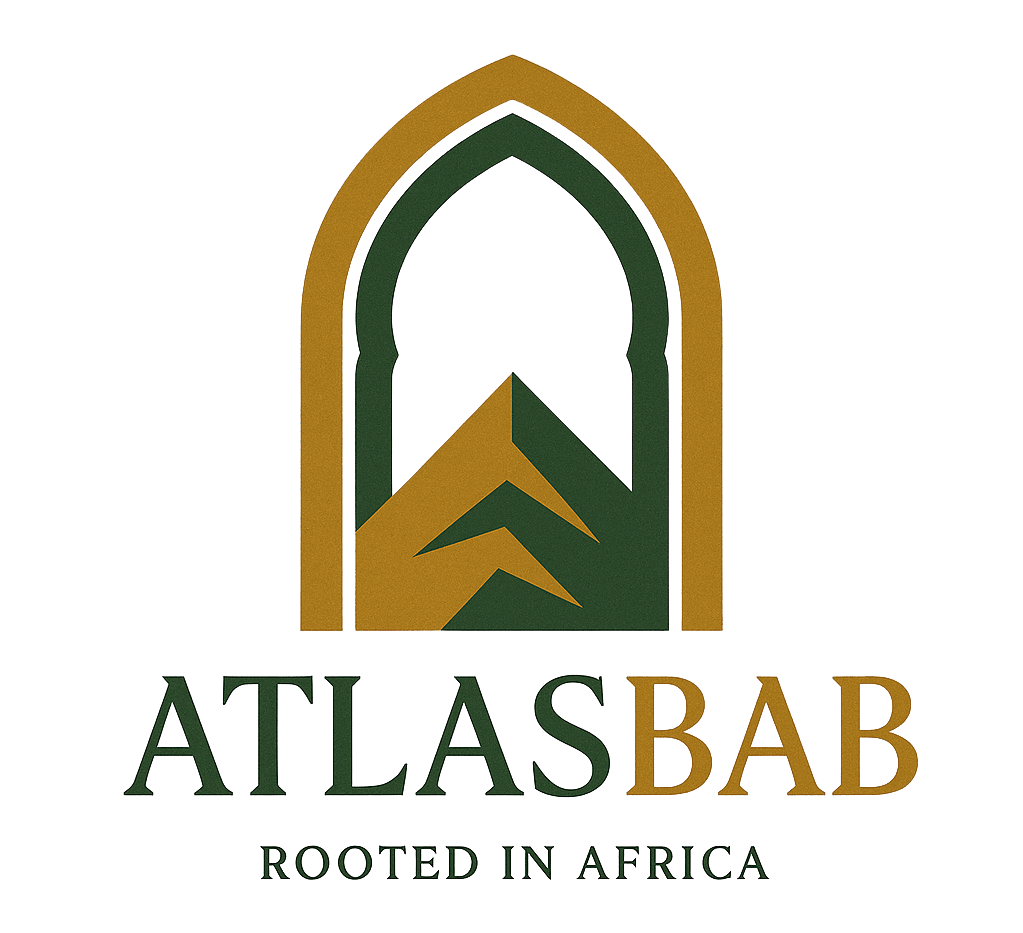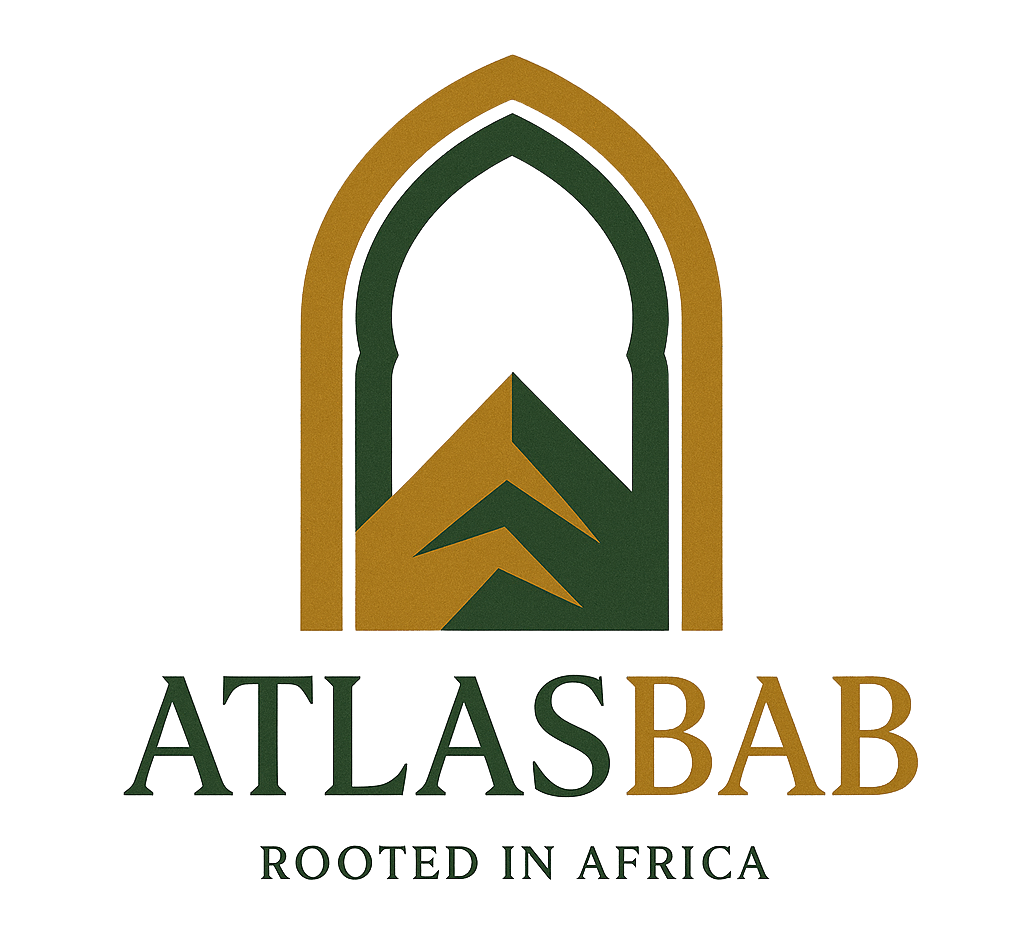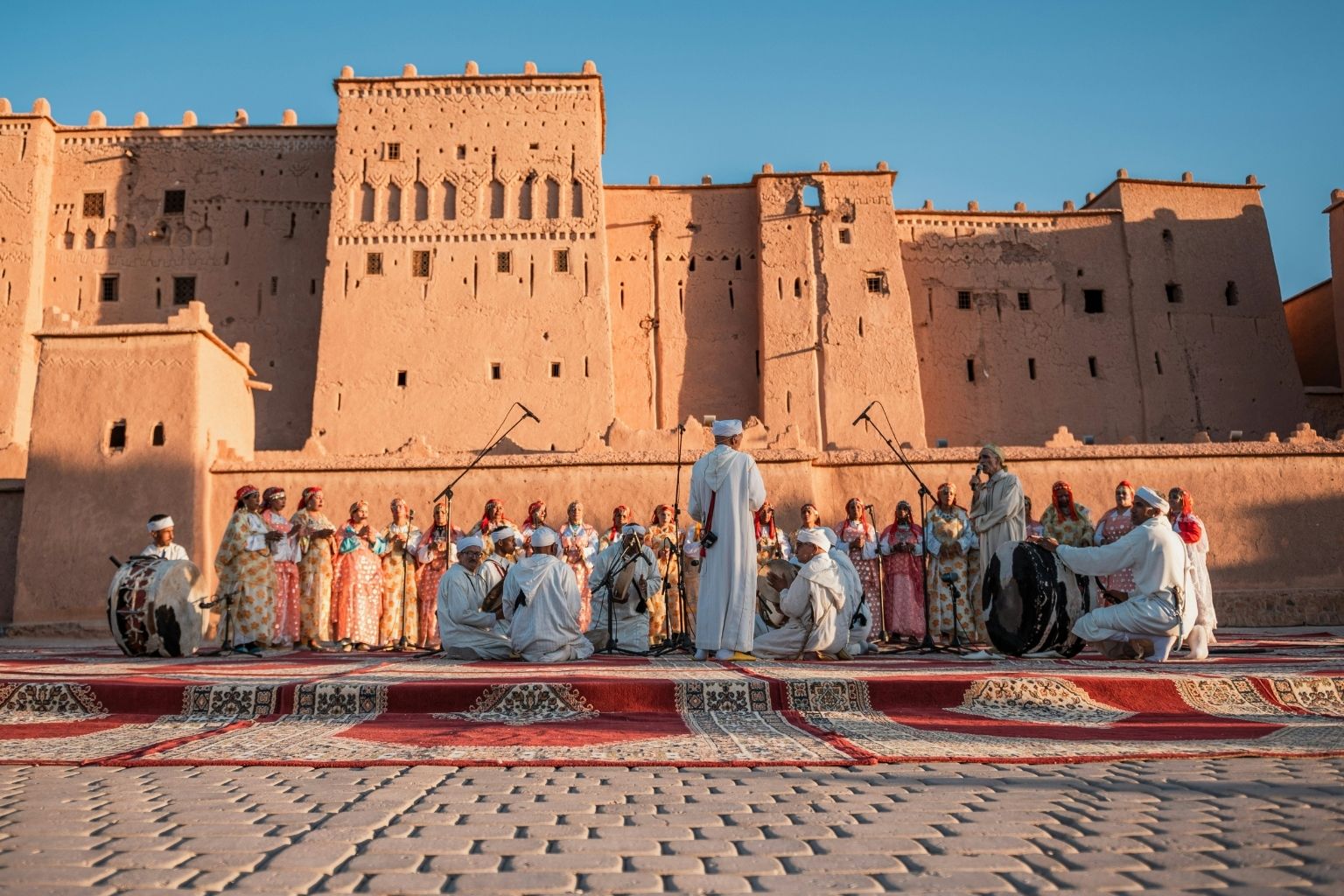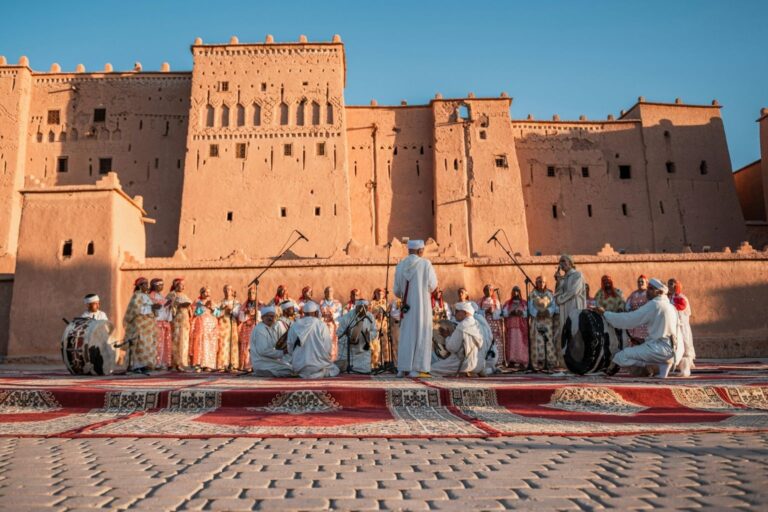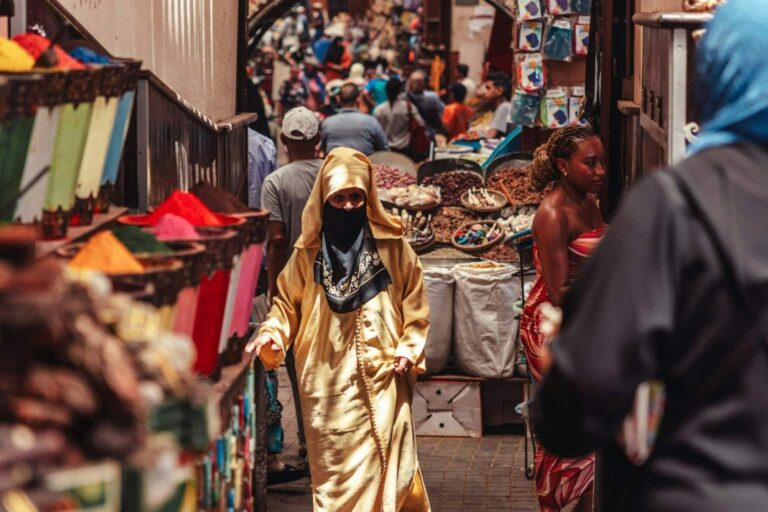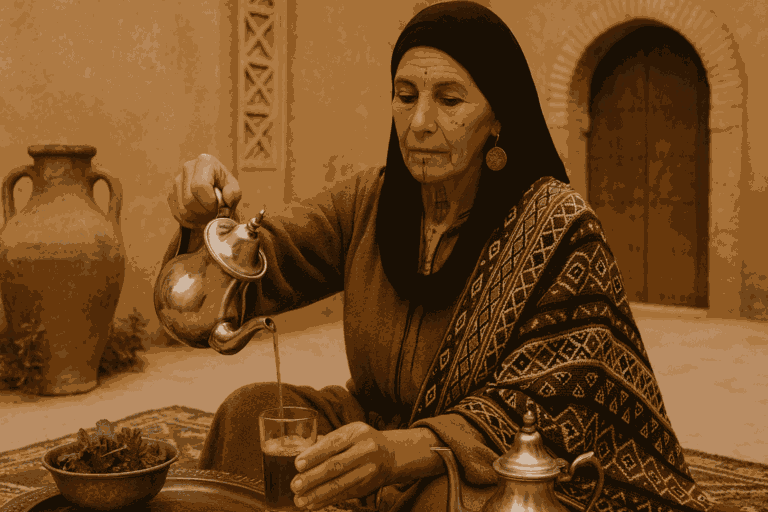🇲🇦 Where Ritual, Memory, and Meaning Intertwine
Morocco is not a place of one story, it is a living mosaic of traditions, layered like zellige tiles beneath centuries of sun. From the foothills of the Atlas to the sand-blown edges of the Sahara, culture in Morocco is not learned in textbooks—it is lived in the daily rituals of tea, in the tattoos of Amazigh women, in the songs passed from mother to daughter.
These traditions are not static. They move and evolve. But their roots run deep—shaped by Amazigh, Arab, African, and Andalusian influences over time, braided like the threads of a carpet or a braided strand of hennaed hair.
🌀 The Amazigh Heart of Moroccan Culture
The Amazigh people, also called Imazighen (“free people”), have lived in North Africa for over 5,000 years. Their cultural imprint is everywhere—though often uncredited—in architecture, language, agriculture, and ritual.
Oral tradition plays a central role in Amazigh identity. Without books, stories are shared through:
Tattoos as identity markers
Weavings that encode symbols of protection and fertility
Songs and poetry (timawayin) sung during celebrations and mourning
Seasonal rituals tied to nature (e.g., Yennayer, the Amazigh New Year)
Amazigh culture holds tight to nature, community, and ancestral respect—values that remain vital, even as traditions modernize.
🍵 The Tea Ritual – Hospitality in Every Drop
To enter a Moroccan home is to be invited to tea—and this is no casual gesture. Serving mint tea is a ritual, and a deeply symbolic one:
The first glass: as bitter as life
The second: as strong as love
The third: as gentle as death
The preparation is precise: the pouring must be high to aerate the tea, and the leaves must be fresh. Often sweetened with generous sugar, tea is more than a drink—it is a bridge of respect and hospitality, one of Morocco’s most sacred social customs.
💍 Marriage & Celebration Traditions
Traditional Amazigh weddings are multi-day affairs, full of music, symbolism, and ancestral blessings. Some key elements include:
Henna Night (Laylat al-Henna): The bride’s hands and feet are painted with protective and fertile motifs.
Silver Jewelry & Fibulae: Worn by the bride not just for beauty, but as protective amulets.
Ahwach & Taskiwin Dances: Community dances expressing unity, power, and the movement of life.
These ceremonies are moments where identity, community, and memory merge—they honor not only the couple, but the entire lineage.
✋ Tattooing & Body Symbolism
As explored in our dedicated article on Amazigh facial tattoos, tattooing once marked identity, lineage, and protection. Though the practice is fading, the symbolism survives—in jewelry, henna, textiles, and revived art forms.
A tattoo under the chin could mean “I belong to this tribe” or “I’ve entered womanhood.” These symbols became the alphabet of memory, read by women who needed no written language to know who they were.
🕊️ From the Sacred to the Seasonal
Some rituals tie directly to the rhythms of nature and the agricultural calendar:
Ashura: Celebrated with singing, drumming, and offerings in both Islamic and pre-Islamic form.
Yennayer: Amazigh New Year in January, celebrated with special meals and fire rituals.
Harvest Feasts and Rain Prayers (Talghja): Mark the balance between survival and gratitude.
These seasonal practices show how the land and the people are inseparable in Moroccan cultural identity.
🎤 Oral Heritage: The Living Archive
In Morocco, a grandmother is a library. Stories are not shelved—they are sung, recited, performed. Some of the oldest traditions survive because they are lived:
Proverbs in Tamazight or Darija
Folk songs sung while weaving
Bedtime tales of djinn and ancient queens
Call-and-response rhythms in market squares and harvest fields
Even the architecture speaks—with door shapes, tile layouts, and rooftop symbols communicating sacred geometry.
🌍 Why It Matters Today
In a world rushing toward speed and sameness, Moroccan traditions remind us to pause, remember, and reconnect—to each other, to land, and to spirit.
They are not stuck in time—they are alive, adapting. Young Moroccans are bringing back these rituals through:
Tattoo symbolism in fashion
Revival of Amazigh names and language
Cultural tourism done ethically and locally
Artisanal crafts being marketed through platforms like Atlasbab
🔗 Explore More
💬 Final Thought
Moroccan traditions are not relics. They are living memory—and every story, every sip of tea, every woven thread is a prayer passed from generation to generation.
At Atlasbab, we honor these traditions not as museum pieces, but as vibrant roots that still shape the future.
